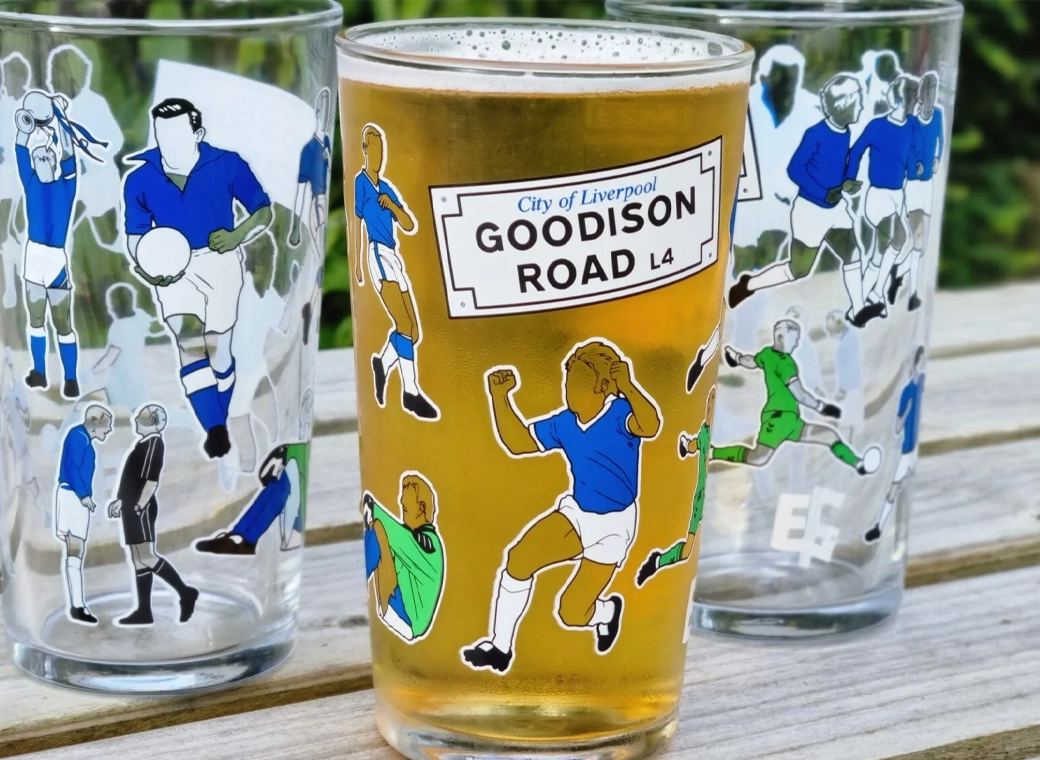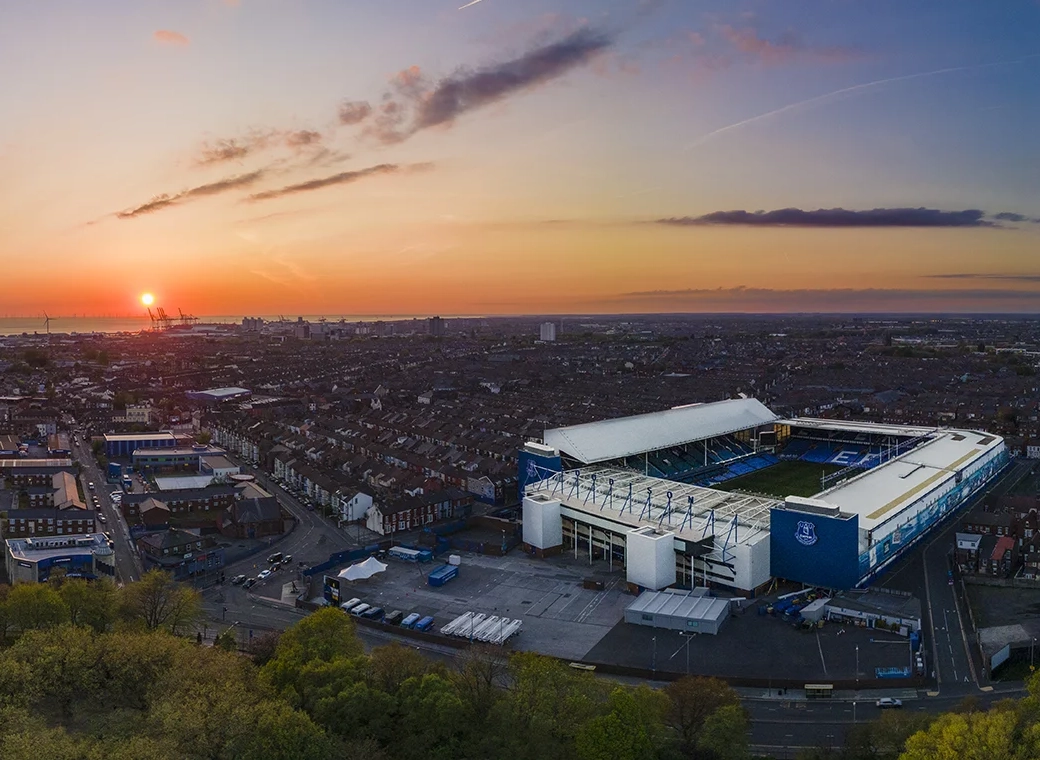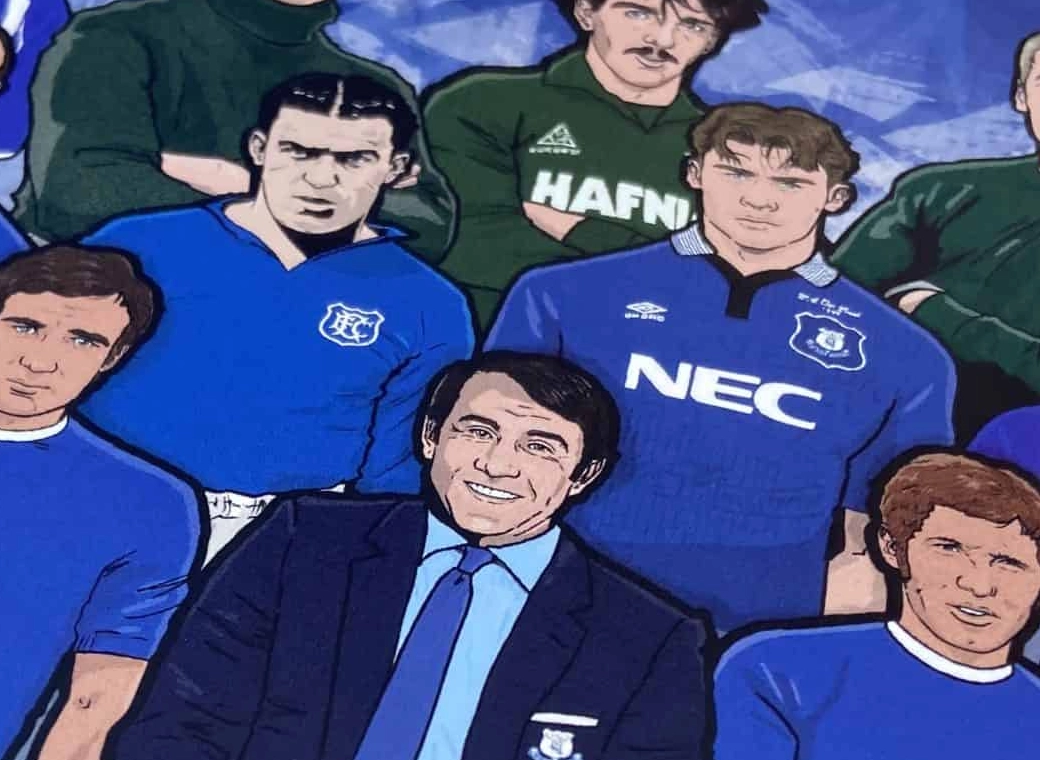dholliday
deconstructed rep
One of my most horrible football memories was last season, watching the Derby with two fellow blues on the big telly. Who else but the exceedingly-dislikeable Steven Gerrard scores, and the telly does a super-slowmotion of him running to the camera cheering the goal.
It was excrutiating...and the coverage never seemed to stop. We all had our hands covering our eyes, and it felt like after entire whole minutes we would peek out and still see his super-slowmo mug coming ever-closer to the camera in celebration scoring against us.
They were surely mocking us. We were so frozen in despair we couldn't even turn the damn thing off.
Anyway, I'm not the only one not impressed by this new fad, the sort-of-retired-but-still-active Richard Williams also complains about the obsession in showing us every reaction (from player, crowd or manager) of every minutia on the pitch. His main beef is that it disturbs the flow of the game. My favourite quote:
"...the culture of bogus intimacy has gone far enough, the slo-mo close-up replay is now a resounding cliche, (it should be) that the game itself, rather than the passion that surrounds it, is the real attraction."
Also reminds me of the utter cringe I feel when watching those ads of models-posing-as-fans in super-slowmo pretending to be all passionate and stuff.
Here's the full article:
I feel we should ditch it, using it sparingly only to show angles and techniques which we wouldn't normally appreciate. Or at least limit it strictly so it doesn't happen during open play.
How do yous see it?
It was excrutiating...and the coverage never seemed to stop. We all had our hands covering our eyes, and it felt like after entire whole minutes we would peek out and still see his super-slowmo mug coming ever-closer to the camera in celebration scoring against us.
They were surely mocking us. We were so frozen in despair we couldn't even turn the damn thing off.
Anyway, I'm not the only one not impressed by this new fad, the sort-of-retired-but-still-active Richard Williams also complains about the obsession in showing us every reaction (from player, crowd or manager) of every minutia on the pitch. His main beef is that it disturbs the flow of the game. My favourite quote:
"...the culture of bogus intimacy has gone far enough, the slo-mo close-up replay is now a resounding cliche, (it should be) that the game itself, rather than the passion that surrounds it, is the real attraction."
Also reminds me of the utter cringe I feel when watching those ads of models-posing-as-fans in super-slowmo pretending to be all passionate and stuff.
Here's the full article:
Sport on TV needs to ditch slo-mo close-ups and concentrate on the action
What would Alfredo Di Stéfano have looked like, celebrating a goal in super slow‑motion? He scored almost 400 of them but we’ll never know. In fact we lack a mental image of him in close-up at all, since no high-definition long-lens camera captured the emotions that must have crossed his face in moments of exultation.
When he died 12 days ago, no footballer could have left the stage to warmer applause. A proper farewell was given to a man who had never played in the World Cup yet stood among the handful of giants at the pinnacle of the game. The dwindling band of those with first-hand memories shared them freely, giving later generations a clearer idea of his significance. But even to one with a very clear recollection of watching him live on television, it was striking how distant, quite literally, his image seems.
Like the fan in the stadium, the armchair spectator of those days was never allowed to cross the touchline. So we remember Di Stéfano as a rather remote figure, defined by his posture, his gait, his receding blond hair, the angle of his passes and the accuracy of his shooting: by the way he played football, and nothing more.
Even when performing in front of 135,000 people in a European Cup final, he and the other players were allowed to retain some degree of privacy. They were not forced to compete for screen time with somebody else’s artificially heightened image of them, or – as is now the case – with those who had merely paid to watch them.
In these terms, the televisual treatment of the participants in the 2014 World Cup could hardly have been more different. Rather than simply framing the matches in the clearest possible way, the directors and crews hired by Fifa seemed to be operating under instructions to concentrate on the competition’s emotional narrative. So we were served endless hi-def super-slo-mo replays of players’ faces and gestures, often interjected some time after the match had moved on. In dragging us back to watch something with a purely cosmetic impact, the directors were licensing themselves to disrupt our understanding of the game’s flow.
Worst of all were the occasions when they chose to show us these otiose vignettes while play was going on, often a few seconds after it had resumed with a goal-kick or a throw-in. As we returned to the action, having been denied the sight of what initiated it, we were being invited to share the director’s assumption that reactions were of greater interest than the play itself.
It got worse. Occasionally the loving close-ups of fans, with their face paint and their banners, would be permitted to linger in the same way, covering up the action. A World Cup in Brazil is an exuberant affair and it is understandable that the television producers would want to reflect the mood but this was an insult to those who had switched on with the intention of watching the football.
But then television, despite its huge investment in sport, sometimes operates as though the game itself is the last thing on its mind. To us, a humdrum goal-kick is not just a way of restarting the play. How it is taken and what happens to it will tell us something, and we want to add that tiny piece of information to our store of knowledge. To be deprived of even one such fragment is to lose a piece of the jigsaw. To be asked to watch pseudo‑arty montages of fans’ faces instead is to be provoked into removing one’s shoe and hurling it at the TV set.
Jonathan Pearce, the BBC commentator, indicated an awareness of the problem during the match between Argentina and Switzerland, when he complained on air about the lack of pertinent replays, letting us know that the choice of images was in the hands of a French director. “His name is Jean‑Jacques,” Pearce said darkly, and we got the point.
Historically, the blame can be shared by two culprits. The first is the series of documentaries produced by Fifa after every World Cup since 1954. The directors of Goal! (1966), Hero (1986) and the rest quite understandably employed feature-film hardware and techniques in an effort to create a cinematic experience by isolating and intensifying the moments of high emotion. But now the techniques have been fed backwards into the real-time coverage itself.
The second culprit is NBC, the American network, whose attitude to broadcasting the Olympic Games over the past few decades has shamelessly prioritised emotionally charged narratives over the action itself. The network’s producers identify their favoured plot-lines well before the Games actually begin, then chase them down without mercy in an attempt to hold on to a general audience.
But these developments are not necessarily irreversible. The BBC no longer disorientates viewers by cutting to reverse-angle shots during rugby matches, as was its habit a few years ago. With any luck, the director who inflicted dreamy montages accompanied by mood music during changeovers in matches at Wimbledon this year has already found alternative employment.
Fashions change and gimmicks fade. Perhaps at Fifa there is someone who recognises that the culture of bogus intimacy has gone far enough, that the slo-mo close-up replay is now a resounding cliche, and that the game itself, rather than the passion that surrounds it, is the real attraction.
I feel we should ditch it, using it sparingly only to show angles and techniques which we wouldn't normally appreciate. Or at least limit it strictly so it doesn't happen during open play.
How do yous see it?










